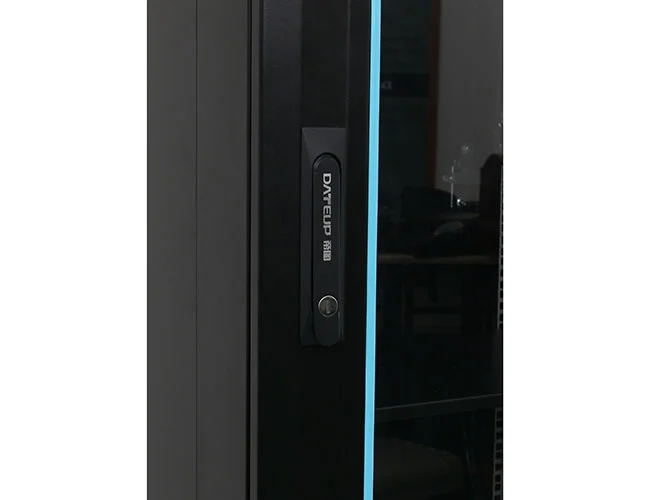News
Site Editor
 Site
https://leonetworkgroup.usa18.wondercdn.com/uploads/image/5fe152faa587d.png
A patch panel is a device that allows multiple network cables to be connected to a central location. The primary function of a patch panel is to provide a neat and organized way to manage network connections and simplify the process of adding or removing cables from the network. This article will explore the various functions and benefits of using a patch panel in modern networking.A patch panel i
Site
https://leonetworkgroup.usa18.wondercdn.com/uploads/image/5fe152faa587d.png
A patch panel is a device that allows multiple network cables to be connected to a central location. The primary function of a patch panel is to provide a neat and organized way to manage network connections and simplify the process of adding or removing cables from the network. This article will explore the various functions and benefits of using a patch panel in modern networking.A patch panel i
What Does A Patch Panel Do
Views: 443
Author: Site Editor
Publish Time: 2023-07-17
Origin: Site
A patch panel is a device that allows multiple network cables to be connected to a central location. The primary function of a patch panel is to provide a neat and organized way to manage network connections and simplify the process of adding or removing cables from the network. This article will explore the various functions and benefits of using a patch panel in modern networking.
A patch panel is typically installed in a server room or data center and serves as a central hub for multiple network cables. It is designed to facilitate the connection and disconnection of network equipment such as switches, routers, and servers. The patch panel contains multiple ports, often in the form of RJ45 jacks, which allow network cables to be plugged in and patched to their respective devices.
There are several types of patch panels available, including fiber optic, copper, and even wireless options. A fiber optic patch panel is used to terminate fiber optic cables, which are becoming increasingly popular due to their high-speed capabilities and resistance to electromagnetic interference. Copper patch panels, on the other hand, are used to terminate copper cables, which have been a staple in networking for many years. Wireless patch panels, while less common, enable the wireless connection of multiple devices to a network.
One of the primary benefits of using a patch panel is the ability to organize and manage network cables. When cables are directly connected to network equipment, it can lead to a tangled mess of cables that can be difficult to trace or troubleshoot. By using a patch panel, all cables are centralized in one location, making it easy to identify which devices are connected and which patch cables need to be replaced or moved.
Another advantage of using a patch panel is the flexibility it provides. As network requirements change, it is often necessary to move devices or add new ones. With a patch panel, these changes are made by simply plugging in or unplugging patch cables rather than having to rewire the entire network.
In addition, a patch panel can also improve network reliability and performance. A properly installed patch panel will ensure that cables are terminated correctly and reduce the risk of crosstalk, a common problem when cables are improperly terminated. This can help to improve the speed and stability of network connections.
Finally, patch panels are an essential component of structured cabling systems, which are designed to provide a standardized and organized cabling infrastructure that meets the needs of a modern network. By implementing a structured cabling system that includes a patch panel, organizations can ensure that their networking infrastructure is scalable, reliable, and future-proof.
In conclusion, a patch panel is a critical component of any modern networking infrastructure. It provides a centralized and organized location for network connections, simplifies the process of managing network cables, and improves network performance and reliability. As networking requirements continue to evolve, patch panels will continue to be an essential tool for organizations looking to build a scalable and efficient network.
If you want to know more about industrial network cabinet,china fiber optic splice closure,china fiber optic distribution box,please consult the fiber optic splice closure factory









